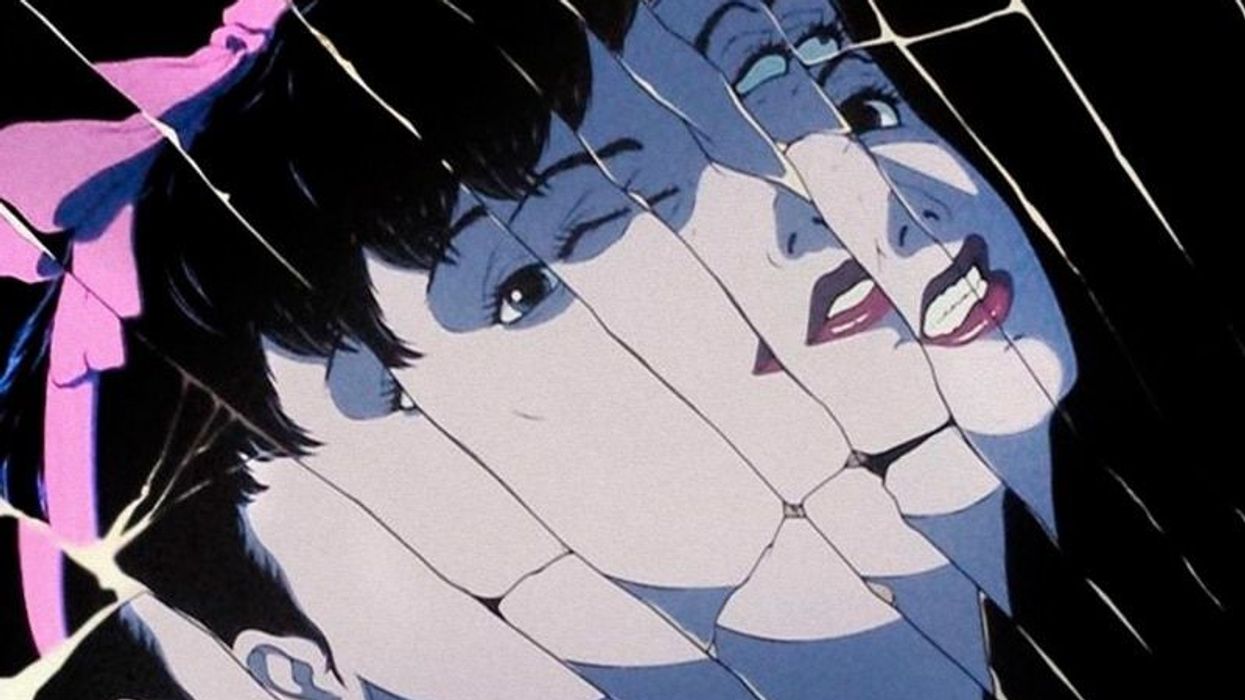Learn the Ethics of Homage from 'Requiem for a Dream' and 'Perfect Blue'
When, if ever, does paying homage to another film cross a line?

It’s no secret that Darren Aronofsky’sRequiem for a Dreamand Satoshi Kon’s cult anime classic Perfect Blue have a lot of similarities. There is a chance that you’ve seen a few side-by-side comparisons online, and the parallels are uncanny.
Every so often, you might discover in the comments fans arguing that Aronofsky supposedly owns the rights to adapt Perfect Blue—which he doesn’t.
Yes, there are obvious similarities between the two films. Animation Obsessive breaks down the complicated history between Aronofsky’s film and Kon’s classic anime to see if there is an answer to these similarities.

Perfect Blue and Requiem
Despite the great reviews the film received, Perfect Blue was considered a flop and did little to elevate Kon in the business. Although Kon believed he was an “unsuccessful animation director,” the film struck a chord with another artist—Aronofsky.
The budding director and anime fan had just debuted his first movie, Pi, which had a much lower budget than Perfect Blue but was far more successful. Aronofsky started working on his next project, Requiem for a Dream, which was based on a book from the 1970s by Hubert Selby Jr. While writing the script, Aronofsky discovered Perfect Blue, said in The Illusionistthat he remembers being “blown away by it—it was fantastic. And it was very different from any other anime that was out there that I had seen.”
This was a time when many live-action directors in America were borrowing shots from anime. When Terminator 2 borrowed a moment from Akira, one of James Cameron’s artists recalled that Otomo’s original visual was “almost like a storyboard” for the team. The Wachowskis pitched The Matrix by playing their producer Ghost in the Shell, stating they wanted to “actually see that animation come to life,” according to the producer.
Aronofsky tried to buy the rights to do a live-action remake of the film, but the deal never went through according to a variety of reasons that Aronofsky has given over the years. This didn’t stop the young director from paying an intense level of homage to the film.
Most of the disorienting, stream-of-consciousness story in Requiem for a Dream derives from Selby’s book, but Aronofsky also incorporated ideas from Perfect Blue to help tell the story. The most infamous comparison is the scene when Marion Silver (Jennifer Connelly) screams underwater in a bathtub.

Aronofsky remembers reaching out to Kon for permission to use similar shots, but Kon has not mentioned ever being contacted by Aronofsky. Instead, Kon was shocked when he saw Requiem for a Dream. Kon told the readers of his blog that there were “scenes in Requiem that were heavily influenced by Perfect and shots that were copied in their entirety.” He singled out the tub scene, as well as the shared motif of the red dress.
Kon wrote on his blog that Aronofsky didn’t realize that he was paying “too much homage” to Perfect Blue, making Requiem feel like a more successful copycat.
This brings up the ethical question of this whole thing.
Does homage ever cross the line?
Kon wrote in 2001 after he met with Aronofsky, saying, “I’m feeling pathetic. It’s a pitiful tale when the person being paid homage to has less name recognition, less social credibility, and less budget to spend.”
Animation Obsessive asks the question, “Is it right for Western directors to use anime as an idea factory without paying its overworked creators a dime?”
How can you avoid copying?
When paying homage to another artist's work, you are honoring the original work by using story elements or a shot's composition in a new and exciting way.
Copying is outright recreating an artist's work without their permission and claiming ownership.
This isn't saying that you can't use similar shots or story elements to tell your own story. Guillermo del Toro, who is renowned for drawing inspiration from existing pieces of work, creates new stories or different perspectives from the elements of other artists' and filmmakers' work. He adds his own artistic voice to the existing elements to make something new and exciting to watch.
The Shape of Water is a perfect homage to Creature from the Black Lagoon because del Toro wanted to tell a different story about the creature and his love interest. He saw a story that didn't exist within the film and created a new thematic world that revolved around the iconic creature. We were opened up to a new perspective of an already existing idea—and that is how you can pay homage to a story rather than copy it exactly.
It's all right to be inspired by another artist's work. As filmmakers, we are inspired by each other to keep creating, and, sometimes, we want to pay homage to where our ideas come from. But be mindful of how much of another artist's work you are using and how you are using it. Tell a new story from the original idea. Show us a new perspective. Give the existing work new meaning.
The question of whether something is a homage or a copy is always a big question when we see similar moments in films. The difference is how those shots are used to tell the film’s story. When it comes to inspirations and homages, be mindful of how much you are imitating another scene rather than respectfully referring to it.
In film, imitation is only flattering to a degree.
Source: Animation Obsessive
















